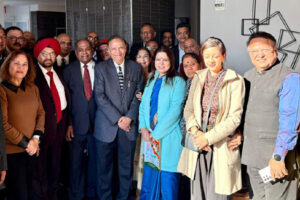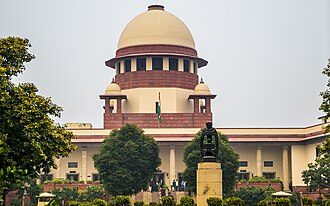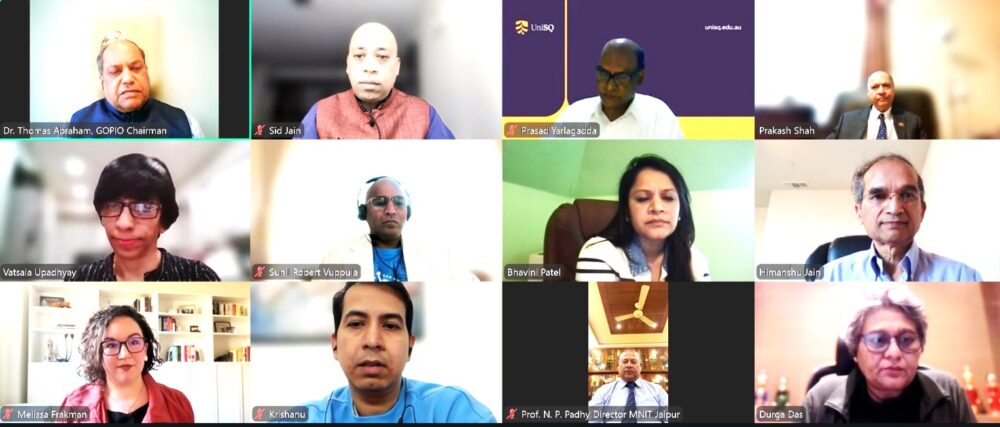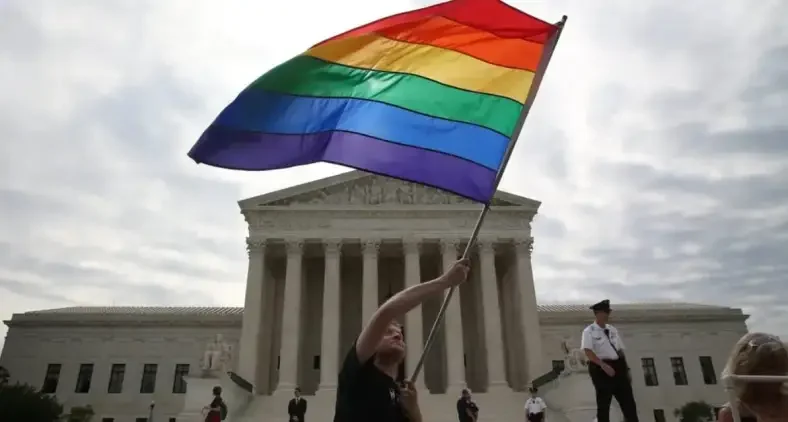India’s judiciary is once again under the spotlight as concerns grow over the lack of female judges in the higher courts. Despite hopes raised just four years ago, women’s representation in the Supreme Court has sharply declined, leading many to describe it as a return to a “men’s club.”
In September 2021, a photograph of then Chief Justice NV Ramana standing with four women judges—Justices Indira Banerjee, Hima Kohli, Bela M. Trivedi, and BV Nagarathna—went viral. It was hailed as a landmark moment, with women holding the highest number of seats in the court’s history. However, with three of those judges now retired and no new female appointments since, Justice Nagarathna remains the sole woman among 34 judges.
“This is alarming and catastrophic,” said lawyer Sneha Kalita, who is part of a group of female advocates petitioning for fairer representation.
Since its establishment in 1950, the Supreme Court has had only 11 female judges out of 287 appointments—a mere 3.8%. The first, Justice Fathima Beevi, was appointed in 1989, nearly four decades after the court’s inception.
The situation is equally troubling in high courts. Out of 773 judges across the country, only 103 are women, and at least four high courts do not have a single female judge. The recent round of appointments further highlighted the disparity—two male judges were elevated to the Supreme Court, bypassing more senior female judges in high courts. Similarly, Bombay High Court received 14 new judges with just one woman, while the proposed list for Allahabad High Court includes only five women out of 26.
The Supreme Court Bar Association (SCBA) expressed its “grave concern,” noting that while women account for around 40% of judges in the lower judiciary (where selection is merit-based through exams and interviews), they make up less than 10% in higher courts, where appointments depend on the collegium system.
Legal experts argue that diversity is essential not just regionally but also in terms of gender. “Women make up half of India’s population, yet remain underrepresented in the judiciary. Diversity in life experiences leads to more balanced judgments,” said Advocate Jayna Kothari.
Some suggest reserving seats for women as a corrective measure, though critics argue it may undermine merit. Kalita, however, insists that many women are equally, if not more, qualified but are overlooked due to bias and structural barriers.
Experts agree that improving gender representation should be treated as a societal priority, not just a women’s issue. Setting a short-term goal of 30% representation within five years, they argue, could pave the way toward eventual parity. Without systemic change, young women in the legal profession may lose hope of ever reaching the top.










